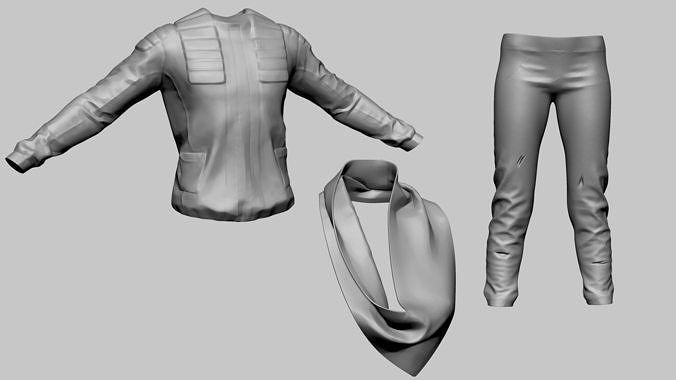A leading global apparel company with multiple iconic brands embarked on an ambitious digital transformation journey to revolutionize their product creation process. At the heart of this initiative was the need to modernize how they managed their expanding universe of 3D digital assets—from material scans to product models. This is the story of how a focused, user-centric approach helped lay the foundation for enterprise-wide digital asset management transformation.
The Challenge: Complex Assets, Multiple Brands, Global Scale
The company faced a multifaceted challenge in managing their 3D digital product creation (DPC) assets. Their existing digital asset management system functioned primarily as a backend repository, lacking the user-friendly interfaces needed for widespread adoption. Meanwhile, critical assets were scattered across SharePoint and various other systems, making them difficult to find and use effectively.
The complexity of their asset ecosystem was staggering. Teams needed to manage everything from high-resolution material scans showing textile textures and colorways to detailed 3D components like zippers, laces, and eyelets. These assets came from suppliers worldwide, particularly in Asia, and needed to be accessible to designers, product developers, and engineers across the organization.
Adding to this complexity was the challenge of standardization across brands. Each brand had developed its own workflows and processes for digital product creation. The company needed to unify these approaches while still maintaining the unique needs of each brand. This was further complicated by having two different Product Lifecycle Management (PLM) systems with different metadata structures.
The final layer of complexity involved managing permissions and access. With suppliers, freelancers, and internal teams spread globally, controlling who could access what assets while maintaining security had become increasingly difficult in their SharePoint-based system.

The Solution: A Focused, User-Centric Approach
Rather than attempting to solve everything at once, we took a carefully scoped approach that would prove the value of a modern DAM system while building a foundation for broader adoption. We started with just two brands as a proof of concept.
Our approach centered on several key elements:
Deep User Understanding
We conducted extensive interviews and workshops with stakeholders from both brands, seeking to understand their specific workflows, pain points, and needs. This helped us identify commonalities while respecting the unique requirements of each brand.
Robust Data Modeling
We developed data models that could work across brands while accommodating specific needs. This included creating structures for “compound objects”—packages of related assets that needed to stay together. For instance, a single product might require multiple 3D files, material scans, and technical specifications, all of which needed to be organized and accessible as a cohesive unit.
System Integration
We worked to ensure the DAM system could effectively integrate with other critical systems, particularly the PLM systems. This required careful consideration of how metadata would flow between systems and how to maintain data integrity across the ecosystem.
Clear Governance
We established governance frameworks for managing assets, including protocols for asset submission, metadata requirements, and access controls. This provided structure while remaining flexible enough to accommodate different brand needs.

Results and Impact: Modern DAM for DPC
The initial implementation proved successful with the pilot brands, demonstrating the value of a modern, user-centric DAM system for digital product creation. The solution provided:
- Improved asset findability, with users able to quickly locate and access the digital components they needed
- Streamlined workflows for managing complex digital assets across global teams
- Better visualization capabilities for 3D assets, enabling teams to interact with and evaluate digital components more effectively
- A foundation for scaling the solution across additional brands
Key Learnings
This project highlighted several crucial insights about implementing DAM systems for digital product creation:
- The importance of understanding the full complexity of the product creation process and its impact on digital asset management needs
- The value of starting focused and scaling gradually, rather than attempting to solve everything at once
- The critical role of user research and engagement in developing effective solutions
- The need for flexible yet standardized approaches when working across multiple brands
The frameworks and approaches developed during this project have proved valuable not just for this implementation but as a model for similar digital transformation initiatives in the retail and apparel industry.